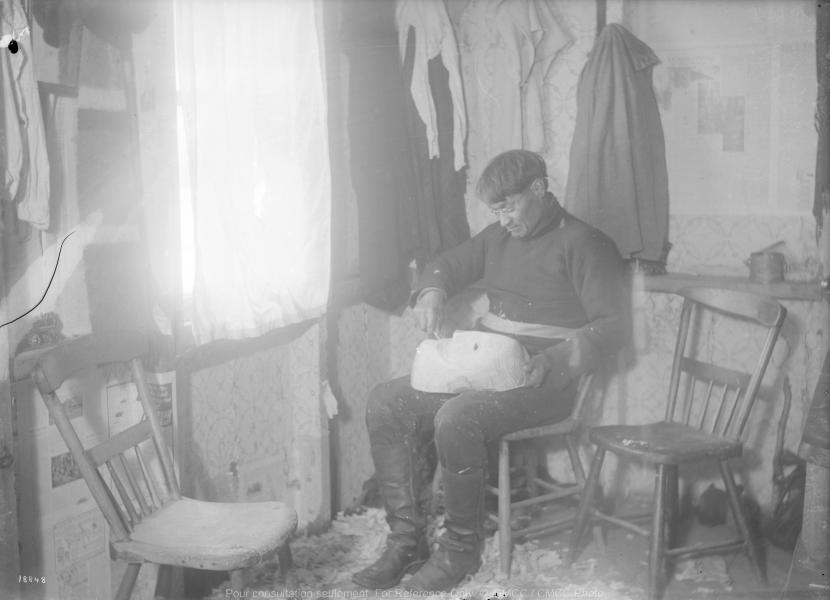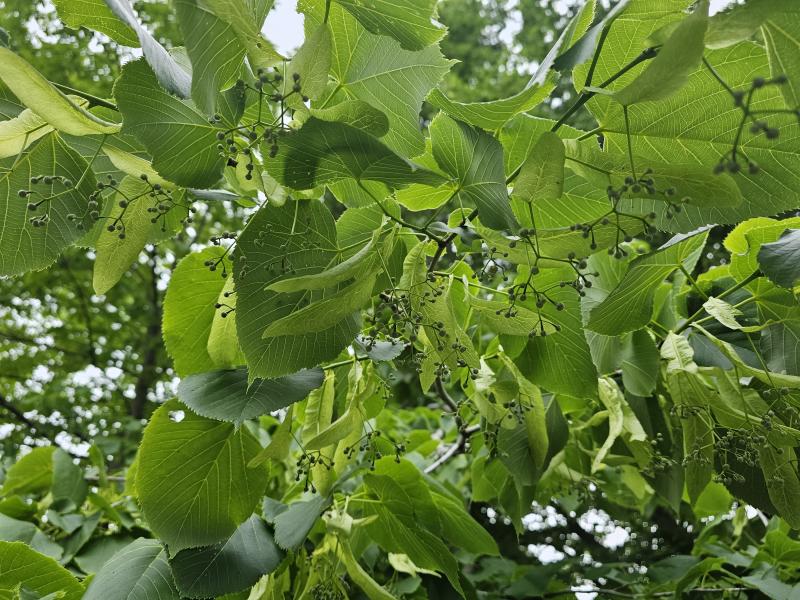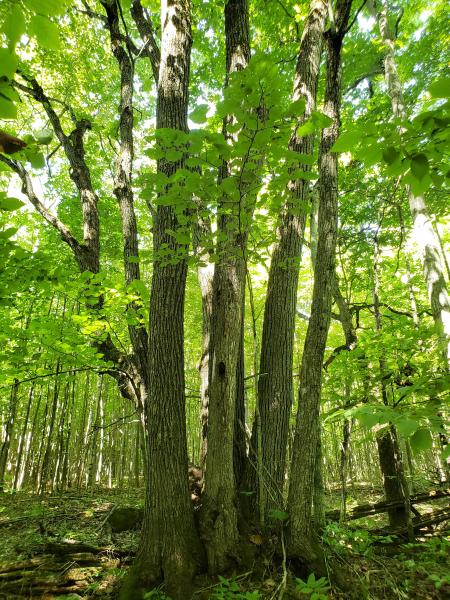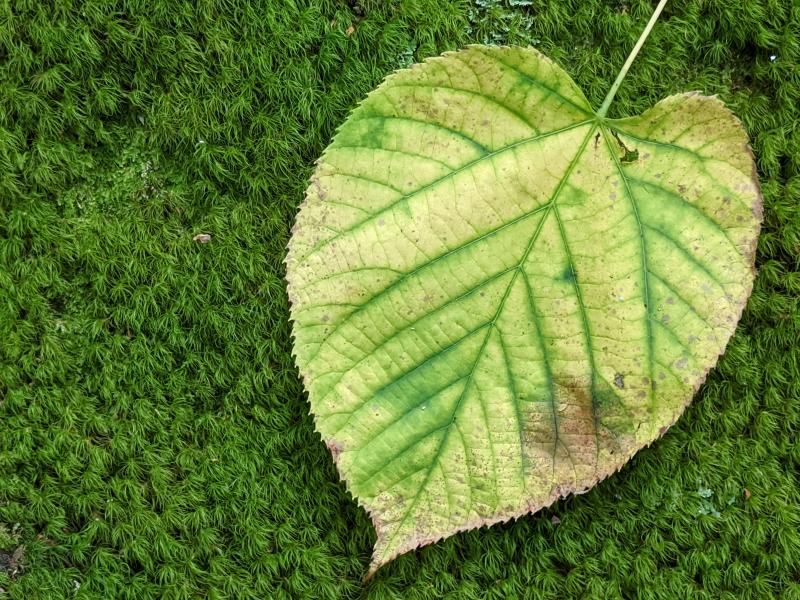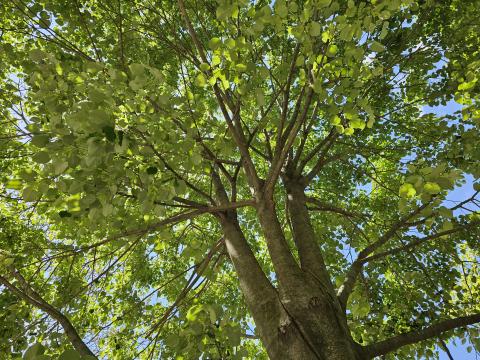
Names and Their Meanings
Basswood - Tilia americana
Basswood
Description
Basswood has tremendous cultural significance for Haudenosaunee peoples. Frederick Wilkerson Waugh noted at the turn of the 20th Century that Haudenosaunee used basswood cord for tying their green corn dish that is scraped off with a deer jaw & made into a kind of tamale in husk. Due to their large size, and sweet and mild taste and smell, the leaves were used for drying boiled berries in the sun (preservation), as well as in a pumpkin and corn bread, and for wrapping other kinds of foods. Strips of bark were used for cordage, twine and for weaving. Basswood flowers and bracts are medicines, as well as young tree growth, in teas. Basswood appears in the Haudenosaunee creation story, and is the tree out of which sacred masks are carved, with the understanding that the tree’s strength goes into the masks. Basswood is also carved into spoons and other utensils. At the Looking Back series in 2011, Cayuga Elder Norma Jacobs said this of Basswood: “So there are lots of things to learn from those relationships about the cycle of life. Basswood is used to carve masks, bowls, spoons; all trees have medicine, and all around the base there’s medicines, too. They’re there for support, the plants will help the trees absorb the nutrients of the earth.”
Conservation Status
In Ontario and New York S5 (Secure), and Québec S4 (Apparently Secure)

